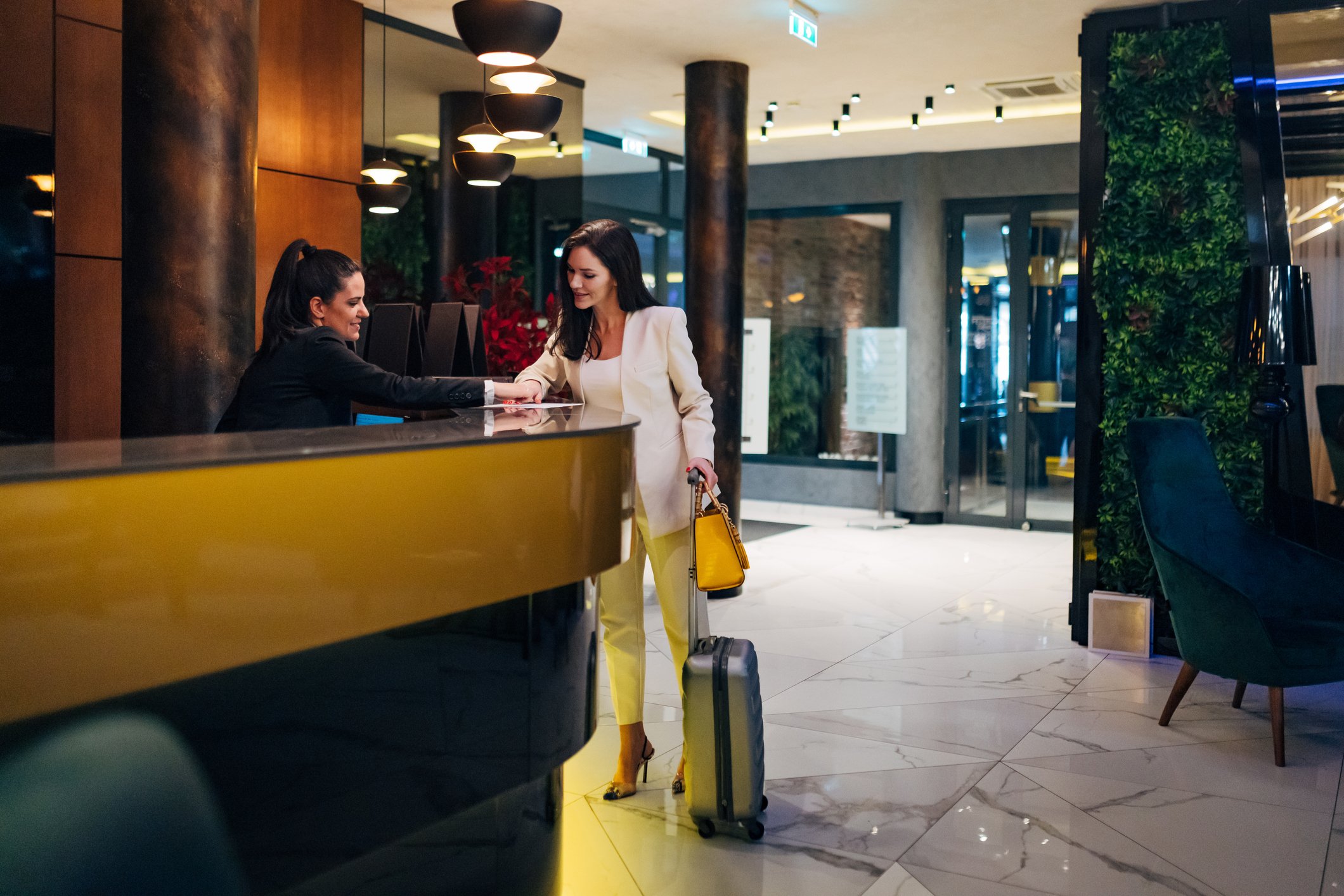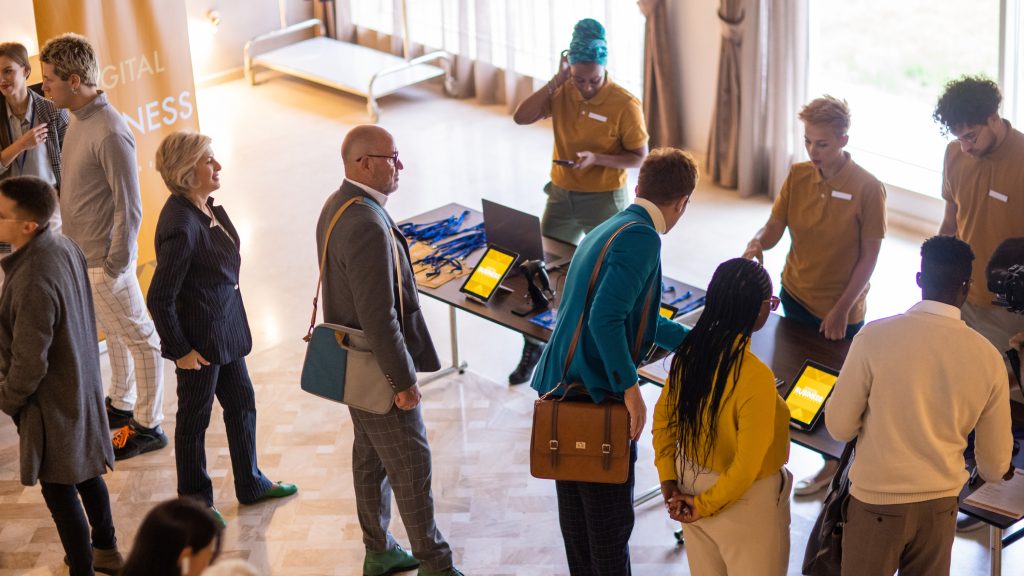Why raising prices could actually help increase customer loyalty in the hospitality industry

Here’s a thought: Strategic price increases, if executed properly, can strengthen guest relationships.
It might sound counterintuitive, but research shows that guests are willing to pay more, especially if you’re a hotelier offering personalised experiences, environmentally friendly stays, and contactless services. But guests are looking at more than just services. An organisation’s values, brand, and even the story behind a price increase can affect their decision.
This provides hotels with a unique opportunity: to reframe their pricing strategy as an investment to deliver the exceptional experiences modern guests look for.
The psychology of price and perceived value
Consumer reaction to pricing isn’t based on an absolute metric, like the daily cost of a room. It’s influenced by perception — how much value does the room provide compared with others being offered? This perception is further influenced by several factors like experience, brand value, other prices on offer, and, most importantly, how it’s presented to the consumer.
Luxury brands retain customers because the main consumers are affluent people with deep pockets, and they’re willing to spend if they associate positively with the brand. But the average consumer considers an additional factor in this decision: perceived value. If the customer sees the offered price as a great deal for the brand, they're more likely to pay the higher rate.
This is also true in the hotel industry. Guests are willing to pay more for hotels if they perceive the experience to be worth the price. It’s up to the hotelier to decide the right price point, but the decision needs to be made thoughtfully.
How thoughtful price increases can strengthen customer relationships
According to a recent study, the key to long-term financial growth in the hospitality industry is guest satisfaction. In other words, tread carefully. Approach the pricing decision using these values as a barometer:
Transparency: Provide a reason for the price increase
Reasons can be as straightforward as new experiences, services, and programs that add to operational costs — or expansion plans that need more investment. But guests won’t be satisfied with those reasons alone. You also need them to buy into your price increase by sharing your vision and the long-term benefits for your guests.
It also helps if loyalty programs and rewards are on offer for their continued patronage, like Marriott Bonvoy’s successful loyalty program, which encourages repeat stays using points-based rewards and member-only rates.
Personalisation: Make sure the positive effects of any price increase are felt
Use existing data to tailor the experiences to guests. Businesses can send out personalised emails with exclusive rates or packages based on booking history, earned points, membership status, and preferences.
Some hotels even hyper-personalise the stay. For example, Six Senses Wellness Resort designs a wellness plan after measuring guests' health, fitness, and sleep patterns using the latest smart technology. Another great example of creating hyper-personalised experiences is the Peninsula Chicago, which offers guests flexible check-in times, custom pillow options, and even personalised digital art.
Digital transformation: Enhance the experience with technology
Digital tools can be introduced to improve the overall guest experience. However, this is much more than just a nicely designed website for bookings. Reduce friction with self check-in options, QR menus for ordering food, automated housekeeping systems, and AI-powered chat solutions.
Marriott International was at the forefront of hospitality's digital transformation, introducing mobile check-ins more than a decade ago. Now, the chain has introduced AI-driven chatbots to respond to inquiries, improving response times and, in turn, guest satisfaction.
Implementation strategies for hospitality companies
Increasing prices in the hospitality industry without losing footfall is possible, but hoteliers need to offer something in return. Here are a few strategies to help justify a price increase, both to guests and internally within the organisation.
Add to the traveller’s experience
According to Hilton’s “The 2024 Traveller” report, 40% of travellers are prioritising visits to places where they can learn about different cultures. Adding experiences to offerings may encourage travellers to select a specific location despite the price increase.
Consider packages that include visits to local attractions, add regional dishes to restaurant menus, or create an ambience that complements the surroundings. If doing this on a smaller scale, you can immerse your guests in the community with trips to local attractions, restaurants, museums, etc.
For example, the Glenapp Castle in Scotland offers guests tours of its cattle farm, the Robert Burns Birthplace Museum, the Logan Botanic Garden, and other heritage locations.
Tap into the corporate travel network
Inbound corporate travel has increased in Europe (10%) and Canada (17.4%) in 2025. That’s an average of approximately four days per trip for each traveller, where hotels can provide options to make their stay more comfortable, including meeting rooms, workspaces, meals, and self check-in and check-out.
Another type of work traveller that has emerged since the pandemic is workcationers. In fact, over 70% of respondents in a Microsoft study prefer remote work options. These are remote workers looking for scenic stays where they can focus on work and indulge in activities during their time off.
Train staff to meet new requirements
Staff will need training on any new technology or experience introduced at a location. This is a huge learning curve because it requires a mindset shift among all levels of employee — and that can be difficult depending on the change.
Offering hands-on training with role-specific objectives can help staff members transition more smoothly. Technology can also be enlisted to help with this. For example, AI can simulate real-world scenarios where staff can practice using the new technology without worrying about consequences. Moreover, you can tailor the training based on staff performance.
Be open to feedback about pricing
Guests are the best source of information regarding the success of any initiative. Introduce channels to gather feedback from them through post-stay survey forms, online reviews, or by simply speaking with them. Actively listen to their input, and be prepared to address objections or make adjustments when necessary. Doing this demonstrates a commitment to guest satisfaction and helps maintain trust.
Refine your hospitality strategy with HLB
Long-term success in the hospitality industry depends on strategies like personalisation, transparency, and digitisation that improve guest satisfaction. But hotels have to align their pricing to make them financially viable.
At HLB, our business planning and consultancy services can help you develop the right pricing models for your target market, while ensuring digital solutions are well implemented to justify premium rates. To learn more about our services, get in touch with one of our hospitality experts today.
Related content






